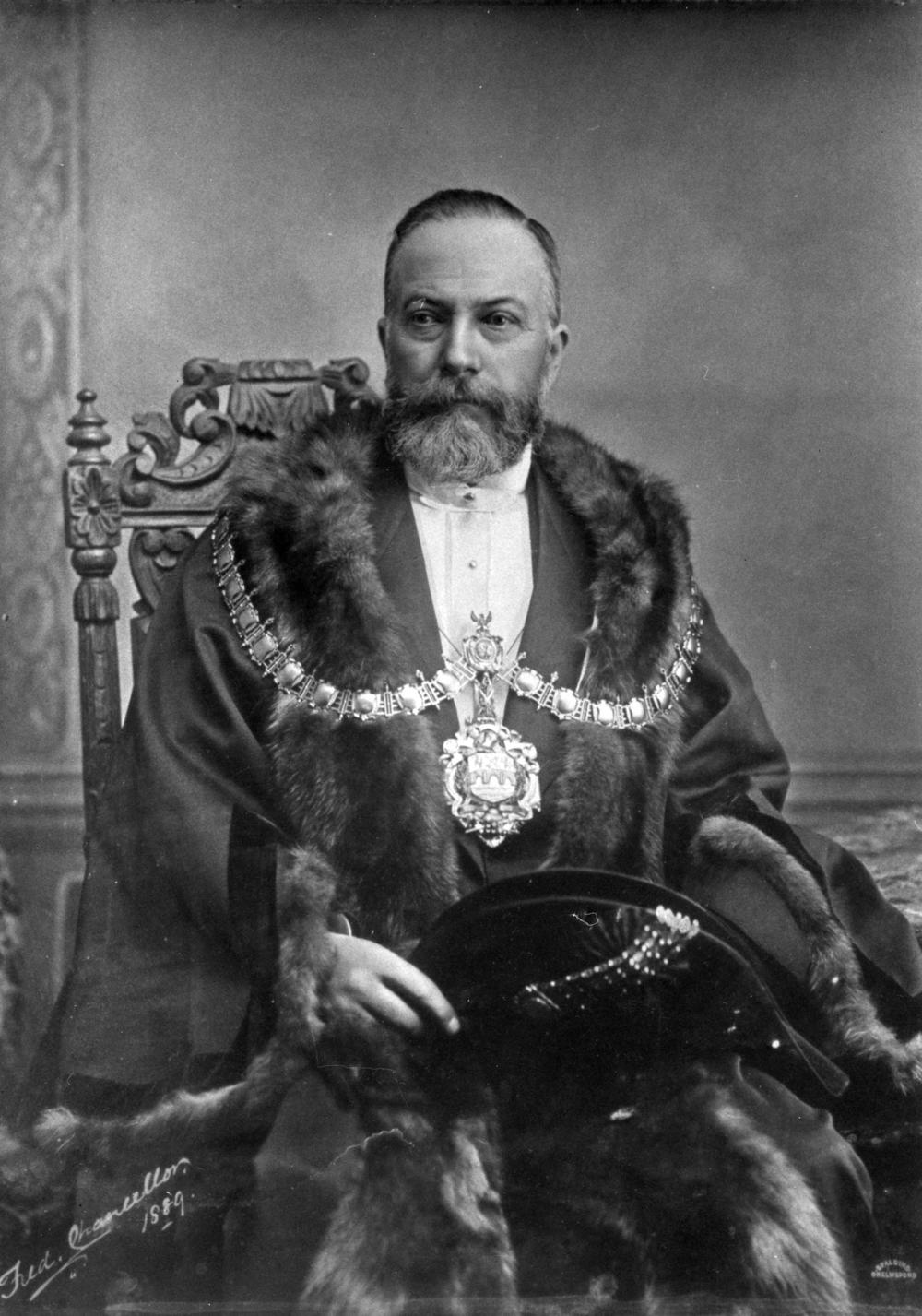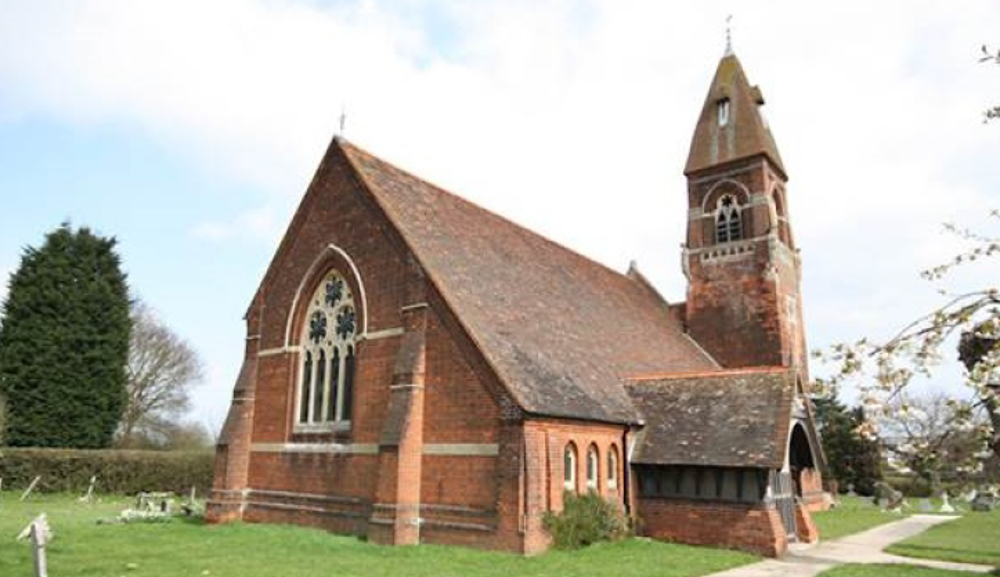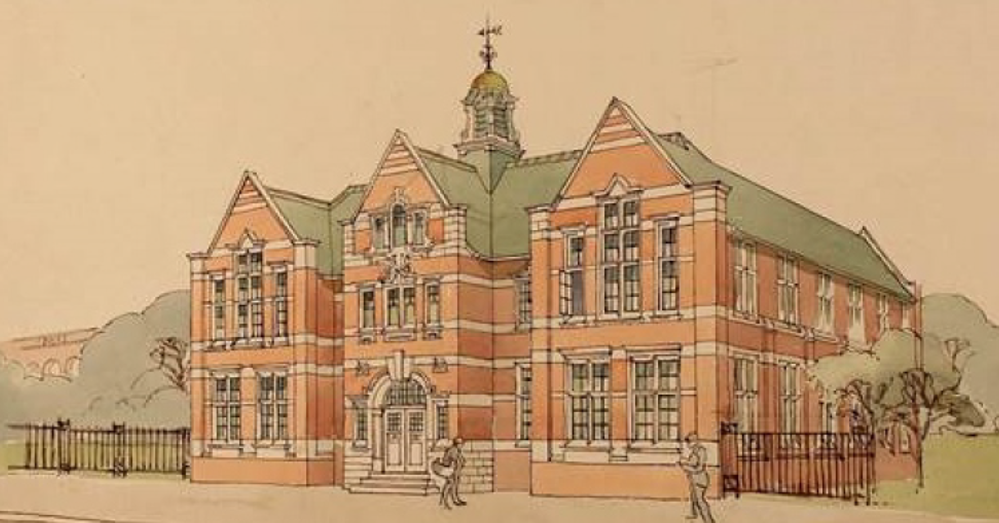Frederic Chancellor
Location of board
Frederick Chancellor Building, Victoria Road South
About
Frederic Chancellor (1825 to 1918) was a notable local Victorian architect, archaeologist and surveyor. He began his career in 1846, working for James Beadel & Sons. By 1860, he had set up his own practice, and was joined by his son in 1896. He was the President of the Essex Archaeology Society from 1908 to 1911 and was one of the first governors of Chelmsford High School for Girls. He was also the first Mayor of Chelmsford, serving seven terms between 1888 and 1906.

Frederic was a prolific designer credited with over 730 works, 570 of which were in Essex. He worked on a wide range of buildings, including churches, farm buildings, and private and public buildings.
He has a blue plaque dedicated to him in New London Road.
Latterly, Chancellor was best known for churches, of which he built and restored over ninety, but in his early days, farm buildings were his forté.
Notable local works include:
- the Corn Exchange (which was demolished in 1969)
- 212 New London Road (former home of Farleigh Hospice)
- 66-68 Duke Street, built as a bank (1853)
- St John the Evangelist in Ford End (1871)
- St Johns Hospital (1889)

Frederic Chancellor Building
This building was designed by Chancellor as Chelmsford's former public library, and science and art school. It is a Neo-Tudor building mixed with Baroque motifs, and is now known as the Frederic Chancellor building.
Built between 1904 and 1906, it was used as the town's public library until 1935, when the new premises were completed on Duke Street. The Chelmsford and Essex Museum was also housed here before moving to Oaklands House in 1929.

The building then became the Mid Essex Technical College and School of Art, which was the precursor of Anglia Polytechnic University, now Anglia Ruskin University (ARU). It is now occupied by Notting Hill Genesis, as part of the City Park West urban quarter.
The previous educational use of the building meant it was part of a group of civic public buildings within the West End Conservation Area. It is on the Council’s Register of Buildings of Local Value as an important Edwardian building of historic, architectural and townscape value, as well as its association with an important local architect.
Law Building and Baptist Church
The Baptist Church that lies adjacent to the Frederic Chancellor Building harmonises well with its neighbour. Completed in 1909, it was constructed after the former library and was designed by another prolific architect William Hayne. Much like Chancellor, Hayne was best known for designing many churches across Essex.
The building behind the former library was designed by County Architect, John Stuart in 1931. This building, sometimes referred to as the East Building, was built as the School of Technology for the Mid Essex Technical College and School of Art. It became better known as the Law Building as part of the ARU campus and was converted to offices during its redevelopment in 2015. The building was constructed using a darker brick than its neighbour and is a good example of an Art Deco style building.
